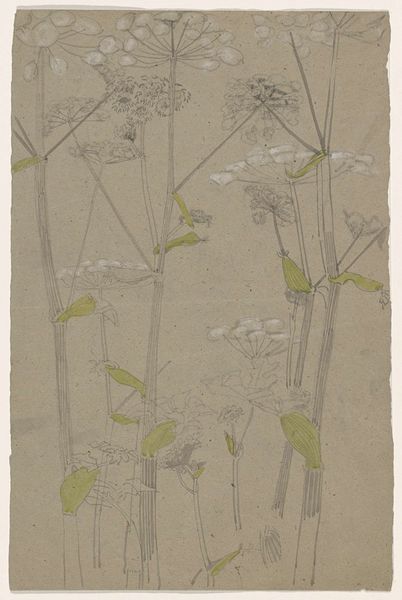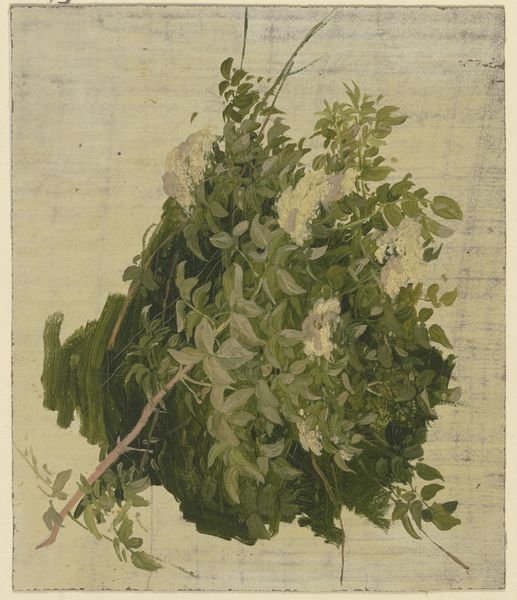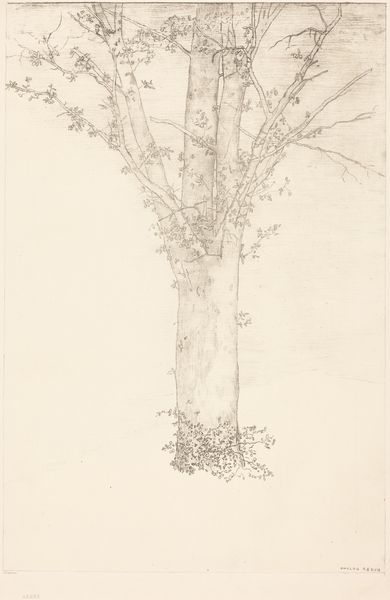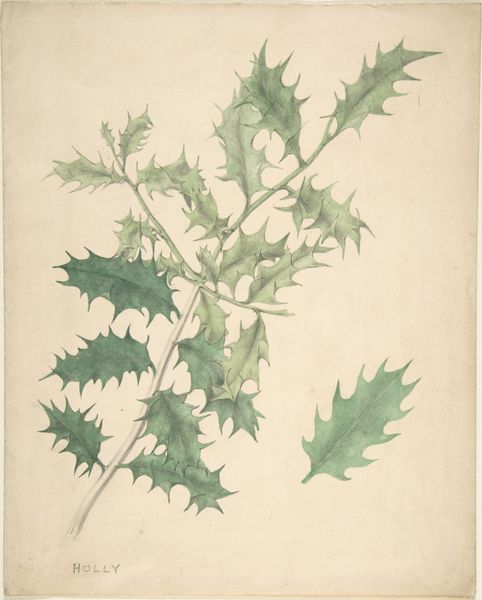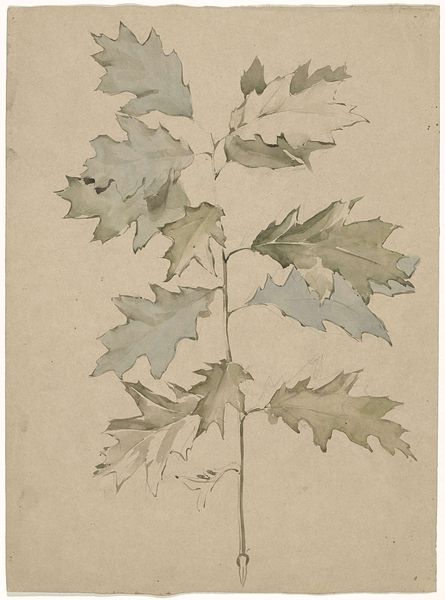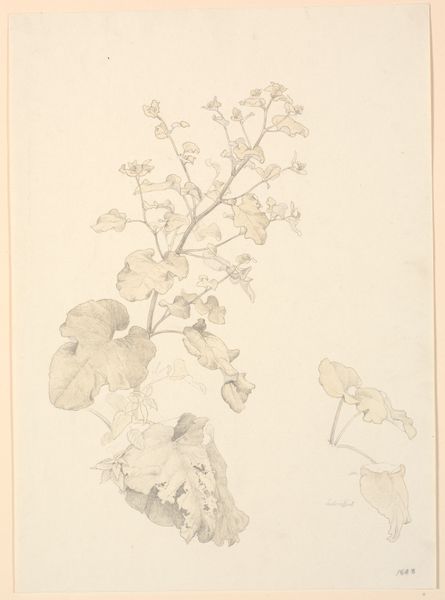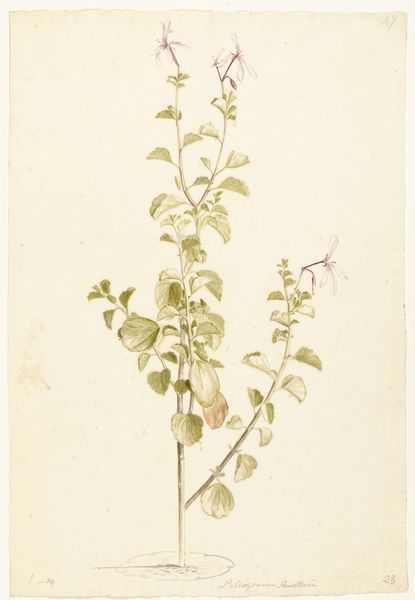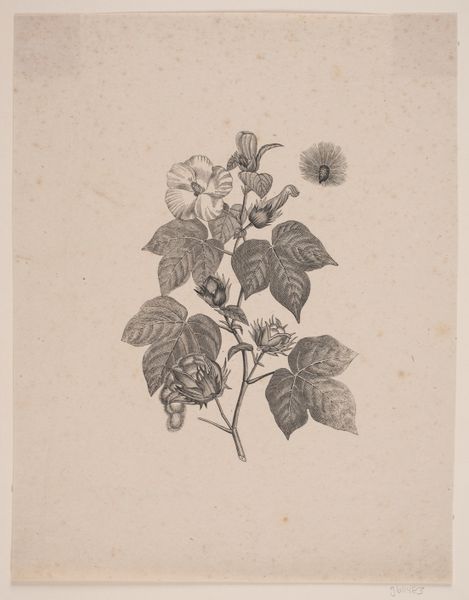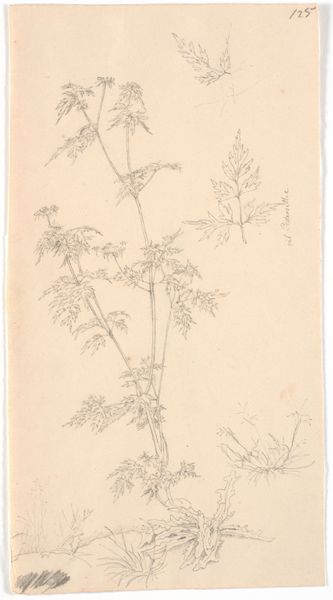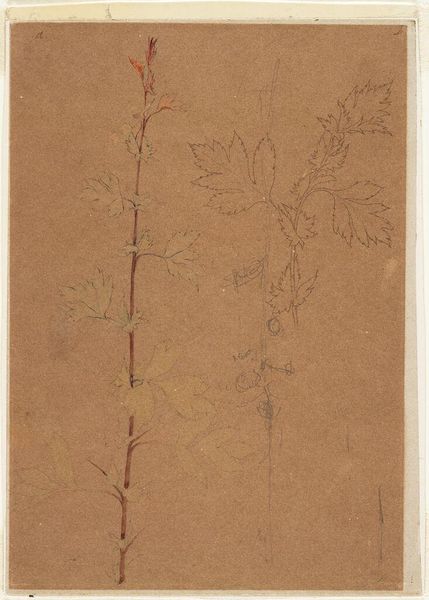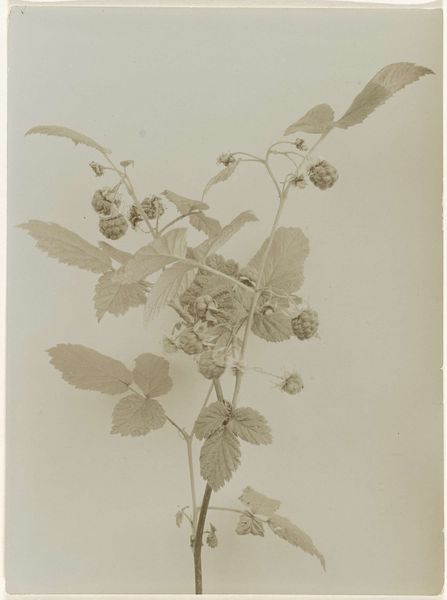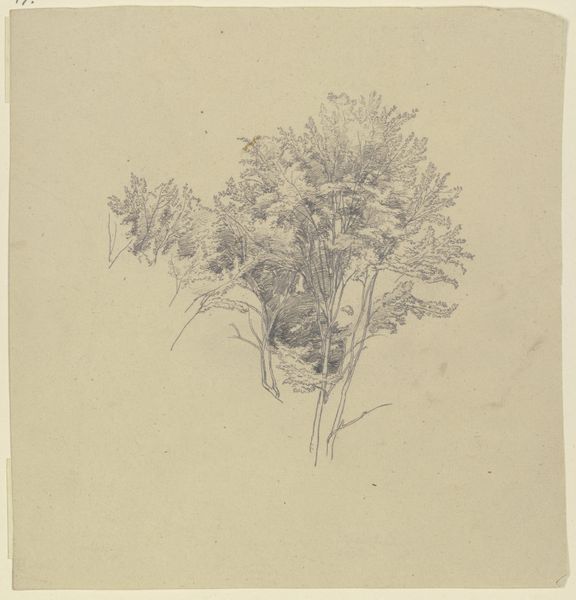
Dimensions: support: 345 x 222 mm
Copyright: CC-BY-NC-ND 4.0 DEED, Photo: Tate
Editor: Here we have Thomas Uwins' "A Study of Hops." It’s a botanical drawing, very delicate. What strikes me is how this simple plant study embodies a whole economic system. What do you think? Curator: Absolutely. It’s easy to overlook the political and economic implications of something as seemingly innocuous as hops. But consider the historical context: hops were a crucial ingredient in beer, a staple for the working classes. Editor: So, the control of hop production meant control over resources? Curator: Precisely. Who owned the land, who profited from the crop, who had access to the end product? These are questions embedded in the image. It also hints at labor relations, doesn't it? Editor: I hadn't considered that. It’s more than just a pretty plant. Curator: Indeed. Art invites us to consider the complex relationships between people, power, and the natural world.
Comments
Join the conversation
Join millions of artists and users on Artera today and experience the ultimate creative platform.
tate 7 months ago
⋮
Hop-picking had never been as popular a subject for British artists as the wheat harvest. This was partly because it lacked its religious associations, but also perhaps because the end product, beer, was a luxury (unlike bread). In 1807, Joshua Cristall sent a large watercolour of a hop harvest to the exhibition held by the Society of Painters in Watercolour. This may have inspired Uwins to add hop-pickers to his own range of rustic genre, for in 1811 he was making sketches in Farnham of the hop harvest. As well as this watercolour of hops, there are sketches by Uwins in the Oppé collection of workers picking and stripping hops. Hops were grown in Kent and Surrey and harvested by temporary workers, usually women and children from the East end of London. Gallery label, August 2004
